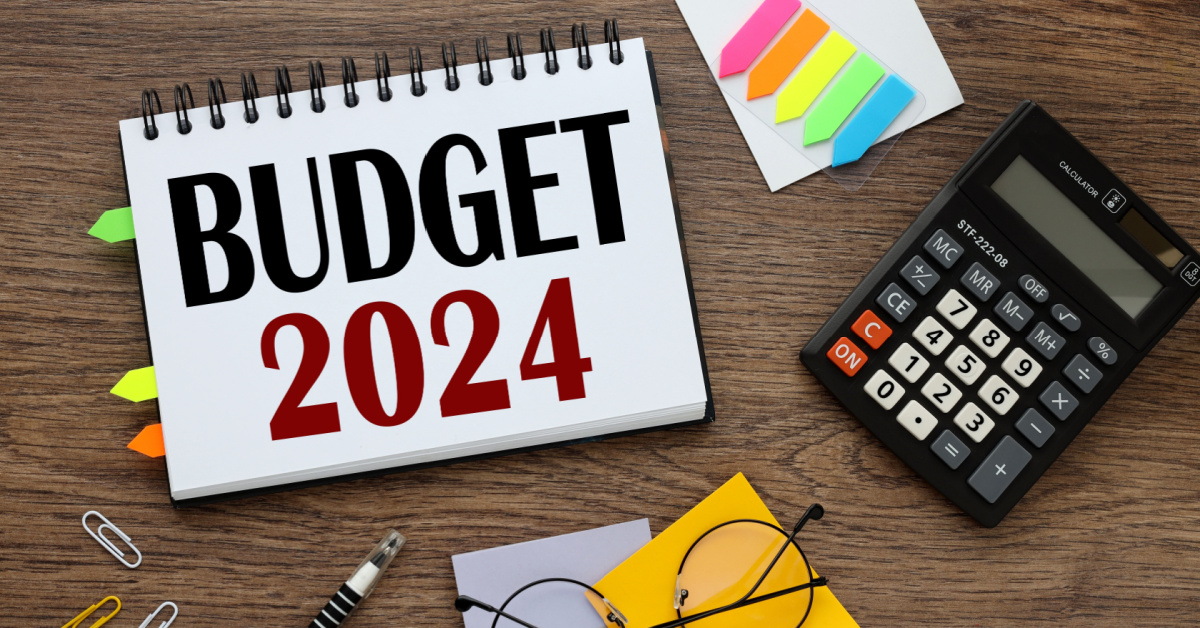In a strategic move ahead of the impending Lok Sabha elections, Union Finance Minister Nirmala Sitharaman unveiled the 2024 interim budget, making pivotal decisions that resonate with the economic pulse of the nation. Let’s delve into the key highlights of this financial roadmap and its implications.
Unwavering Tax Policies
In a surprising turn of events, the interim budget retained existing tax rates for both direct and indirect taxes, including import duties. This decision aims to provide stability in the economic landscape during the election period, fostering an environment of financial certainty.
Subsidy Adjustments: Navigating Economic Waters
Major subsidies on essential commodities such as food, fertilizers, and fuel witnessed an 8% reduction. This strategic move reflects a nuanced approach to balance economic sustainability while ensuring continued support for essential sectors.
MGNREGA Allocation: Stability Amidst Transition
The allocation for the MGNREGA rural employment scheme remained constant, emphasizing the government’s commitment to rural development. This stability is crucial during the interim period, setting the stage for a seamless transition post-election.
Direct Tax Amendments: Providing Relief
Minister Sitharaman proposed the withdrawal of outstanding direct tax demands, offering relief up to Rs 25,000 for FY09/10 and up to Rs 10,000 for FY10/11 to 14/15. This move is anticipated to benefit approximately one crore taxpayers, fostering a more taxpayer-friendly fiscal environment.
Economic Evolution: A Decade of Positive Transformation
Highlighting the economic strides of the past decade, Sitharaman noted a threefold increase in direct collections and a 2.4 times surge in the number of tax return filings. The minister expressed optimism, emphasizing the profound positive transformation witnessed by the Indian economy.
Inclusive Development: A Pledge for the Future
Sitharaman underscored the government’s commitment to prioritize the needs of the Garib (Poor), Mahilayen (Women), Yuva (Youth), and Annadata (Farmer). This commitment, she asserted, is the highest priority for Prime Minister Narendra Modi’s government.
Vision 2047: A ‘Viksit Bharat’ on the Horizon
In her sixth straight budget presentation, Sitharaman shared the ambitious vision of making India a ‘Viksit (Developed) Bharat’ by 2047. The development, she emphasized, would be all-round, all-inclusive, and all-pervasive.
Addressing Population Challenges: A High-Powered Committee
Acknowledging challenges arising from fast population growth and demographic shifts, the finance minister announced the formation of a “high-powered committee.” This committee is tasked with providing extensive recommendations to address challenges comprehensively in alignment with the goal of ‘Viksit Bharat.’
Fiscal Discipline: A Roadmap for the Future
Sitharaman projected India’s fiscal deficit at 5.1% of the GDP for the financial year 2024-25. Despite challenges, she affirmed the government’s commitment to fiscal consolidation, targeting a deficit below 4.5% by the financial year 2025-26.
FDI Triumph: A ‘Golden Era’
Highlighting a remarkable achievement, Sitharaman celebrated a ‘golden era’ in foreign direct investment (FDI) between 2014 and 2023. The sum of $596 billion surpassed the figures recorded between 2005 and 2014, showcasing India’s attractiveness to foreign investors.
Strategic Budget Allocations: A Transparent Approach
The budget allocates Rs 6.2 lakh crore to the Ministry of Defence, emphasizing national security. Additionally, significant allocations were made to the Ministry of Road Transport and Highways (MoRTH) at Rs 2.78 lakh crore and the railways at Rs 2.55 lakh crore.
Infrastructure Development: Key Initiatives
Sitharaman announced the conversion of 40,000 normal rail bogies to “Vande Bharat standards,” enhancing passenger safety and comfort. Furthermore, three major economic railway corridor programs were introduced under PM Gati Shakti.




